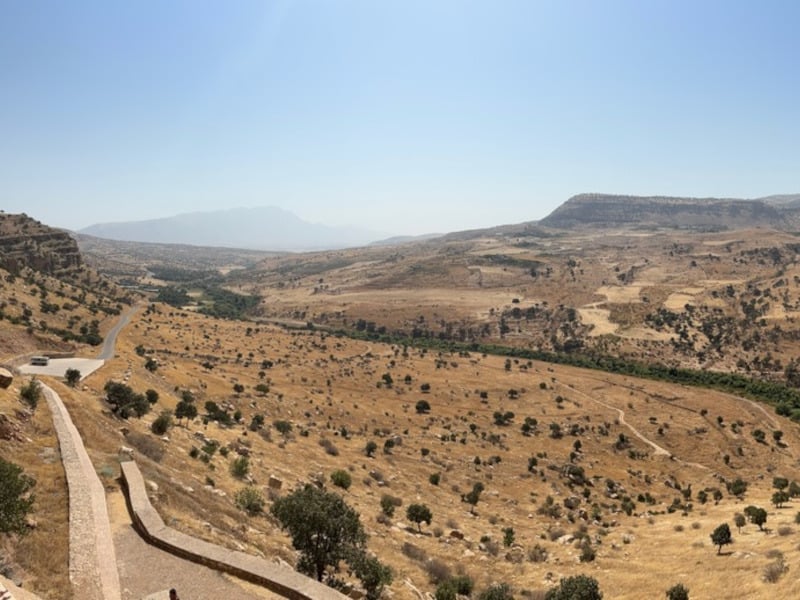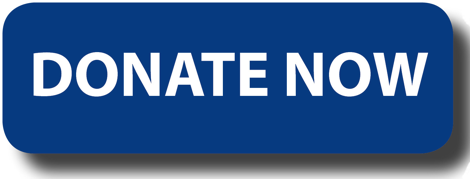
Studying Chipped Stones and Sampling Knappable Rocks Along the Zagros Hilly Flanks
Daniele Moscone, 2024 P.E. MacAllister Fieldwork Scholarship Recipient
The piedmont of northern Iraq’s Zagros Mountains has long fascinated scholars due to its remarkable archaeological potential and favorable conditions for ancient human settlement. Pioneering research by D. Garrod in 1928 and R.J. Braidwood in 1947 uncovered traces of the last hunther-gatherer societies and among the earliest evidence of sedentism and food production strategies in southwest Asia, through the excavation of sites of great importance, including Palegawra, Zarzi Cave, and Charmo.
Given the historical background, I was deeply excited when Prof. S. Renette invited me to join his team to study the chipped stone assemblages from previous excavation seasons in Kani Shaie (Sulaymaniyah, Kurdistan Region of Iraq). Since 2012, the Kani Shaie Archaeological Project (KSAP) has been investigating the well-preserved archaeological sequence at the homonymous mound which spans from the Late Neolithic (ca. 7000 BCE) to the Early Islamic (ca. 1200 CE). The ultimate goal is to understand the ancient inhabitants’ lifestyles, mobility, and sociocultural connections with both the Mesopotamian plain and mountains of this vast and diverse area across millennia. The current stage of this interdisciplinary research focuses on the 4th and 3rd millennia BCE, which were transformative periods distinguished by the establishment of social inequality, bureaucracy, monumental architecture, complex settlement patterns, long-distance trade and exchange, and ultimately the rise of the first urban societies.
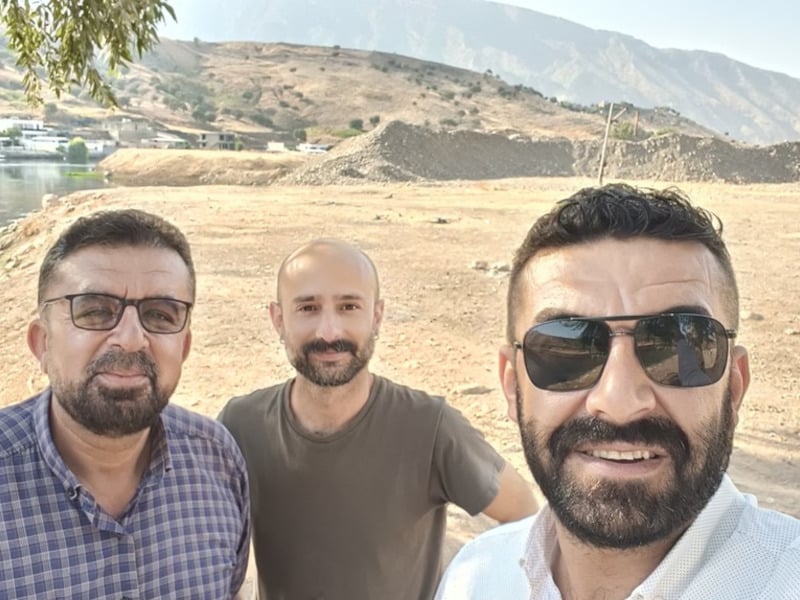
With the generous support of the P.E. MacAllister Fieldwork Scholarship, I was finally able to engage in an archaeological project in the Sulaymaniyah Region for the first time, although having long worked in the macro-region. One of the most enriching aspects of working within the KSAP team was the chance to interact with a diverse and open-minded group composed by both experienced and young researchers. Through these interactions, I was able to exchange knowledge, ideas, and perspectives. Additionally, amidst the exciting discoveries and intensive work, I had the pleasure of forming new friendships.
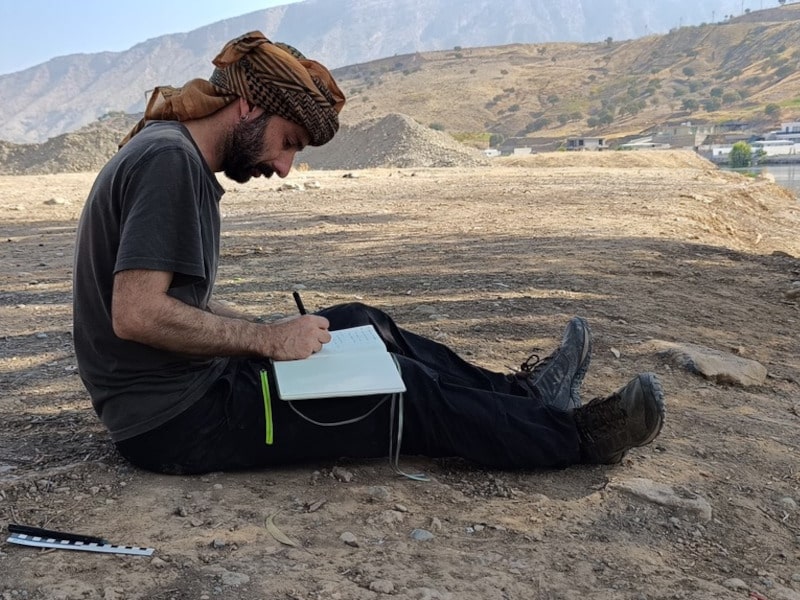
The first part of my work took place at the expedition house and was focused on the analysis of the chipped stone collections from key periods, including Ubaid, Late Chalcolithic, and Early Bronze Age. I conducted a technological analysis of the artifacts, addressing crucial questions: how the artifacts were produced? What techniques and methods were used? Which raw materials were chosen? Do we observe significant changes in these practices throughout different settlement phases?
Thanks to the Fieldwork Scholarship, the completion of the second phase of the intended work was also made possible. A small team was assembled for the purpose of conducting extensive surveys aimed at comprehending, for the first time, the regional availability of raw materials suitable for crafting stone tools. During a four-day survey, our team – consisting of an expert archaeologist from the Directorate of Antiquities of Sulaymaniyah and a driver – explored a diverse and fascinating landscape: this included the Bazyan plain with its alluvial and rocky hills, steep mountainsides with narrow valleys carved by small rivers, and limestone walls with many caves and rock shelters. Significant stretches of the two major river courses, the Lesser Zab and Tanjero River, potential sources of raw materials, were also explored. This stage resulted in the identification of multiple candidate geosites, which were then systematically sampled. The most significant sampled raw material was chert, a siliceous sedimentary rock extensively available on earth and
selected since early prehistory to produce stone tools due to its very good fracture qualities.
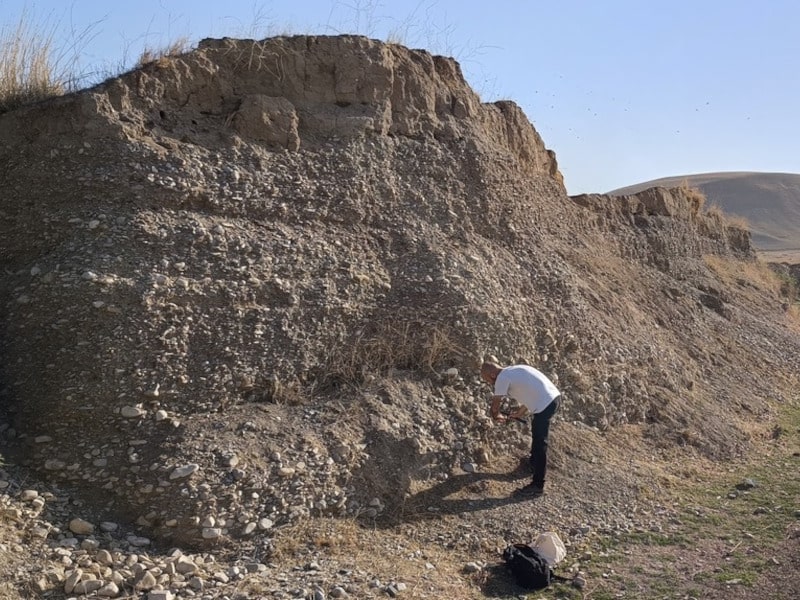
Our field prospections preliminary results are exciting since we encountered many distinct varieties of chert, well mirroring the variability observed at the archaeological site of Kani Shaie. Future studies using scientific methods (e.g., macroscopic, petrographic, and geochemical analyses) will compare selected archaeological artifacts and geological samples to identify sources or procurement areas exploited by the prehistoric communities settled at Kani Shaie. As a result, I hope that my beneficial collaboration with the KSAP team will continue over time and contribute to their broader research questions. Another long-term goal is to create an open-access repository of these findings and welcome participation and inputs from colleagues and scholars interested in prehistoric lithic raw material procurement in the region.
For more information about the Kani Shaie Archaeological Project (KSAP) visit here.
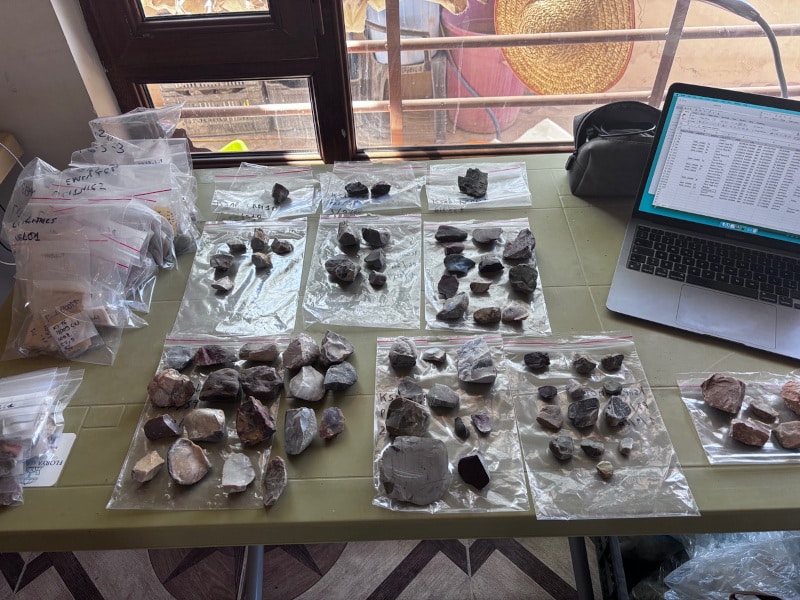
Daniele Moscone is currently a postdoctoral researcher at the Institute of Prehistoric and Protohistoric Archaeology and ROOTS Cluster of Excellence (CAU Kiel), where he focuses on the prehistory of southwest Asia, in particular the Zagros Mountains. Previously a postdoctoral fellow at the Research Center for Anatolian Civilizations (ANAMED) of Koç University, he earned his PhD at Sapienza University of Rome, specializing on chipped stone artifacts and raw material analyses. You can find Daniele Moscone on Bluesky @mosdann.bsky.social
ASOR is now accepting applications for 2025 Fieldwork Participation Scholarships. Learn how to apply here.
Want to help more students and early career archaeologists get into the field? Donate to the cause today by selecting “Fieldwork Scholarships” as your gift purpose!
Latest Posts from @ASORResearch
Stay updated with the latest insights, photos, and news by following us on Instagram!
American Society of Overseas Research
The James F. Strange Center
209 Commerce Street
Alexandria, VA 22314
E-mail: info@asor.org
© 2025 ASOR
All rights reserved.
Images licensed under a Creative Commons Attribution-NonCommercial-ShareAlike 4.0 International License
